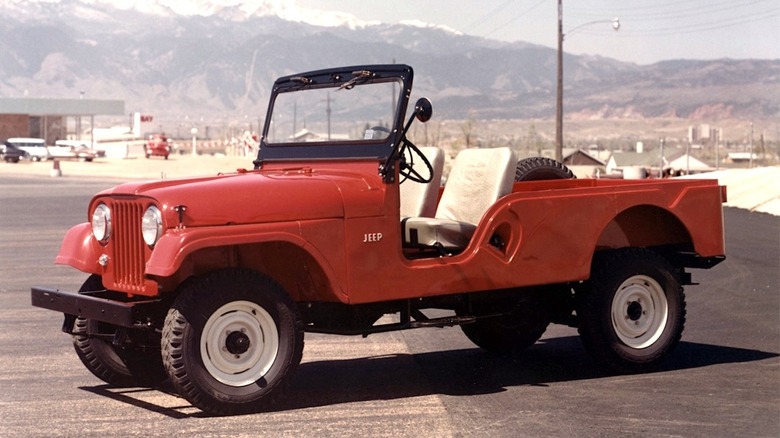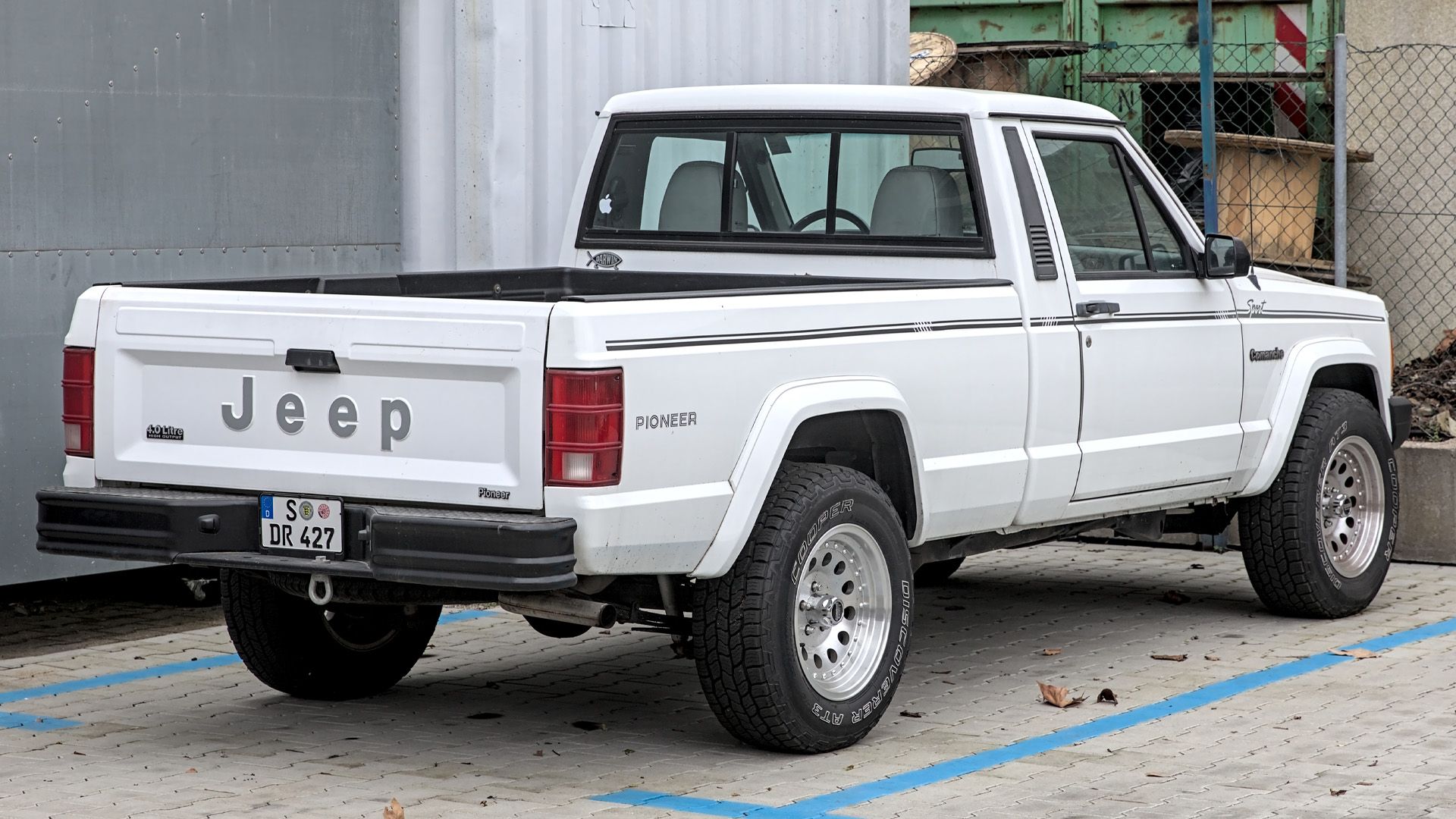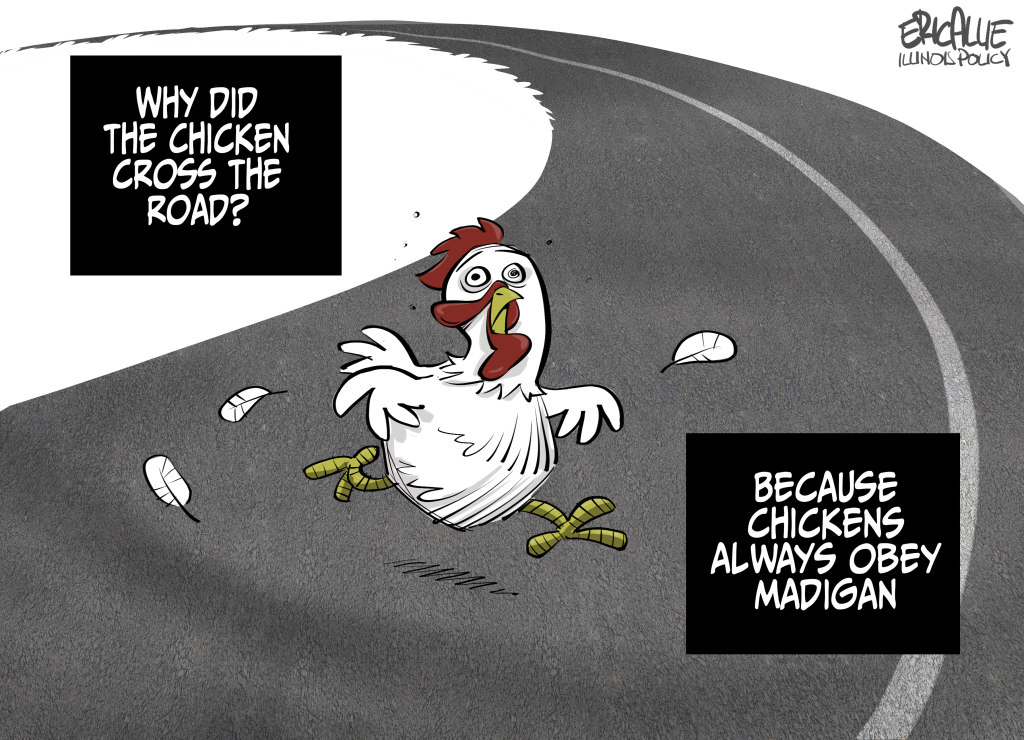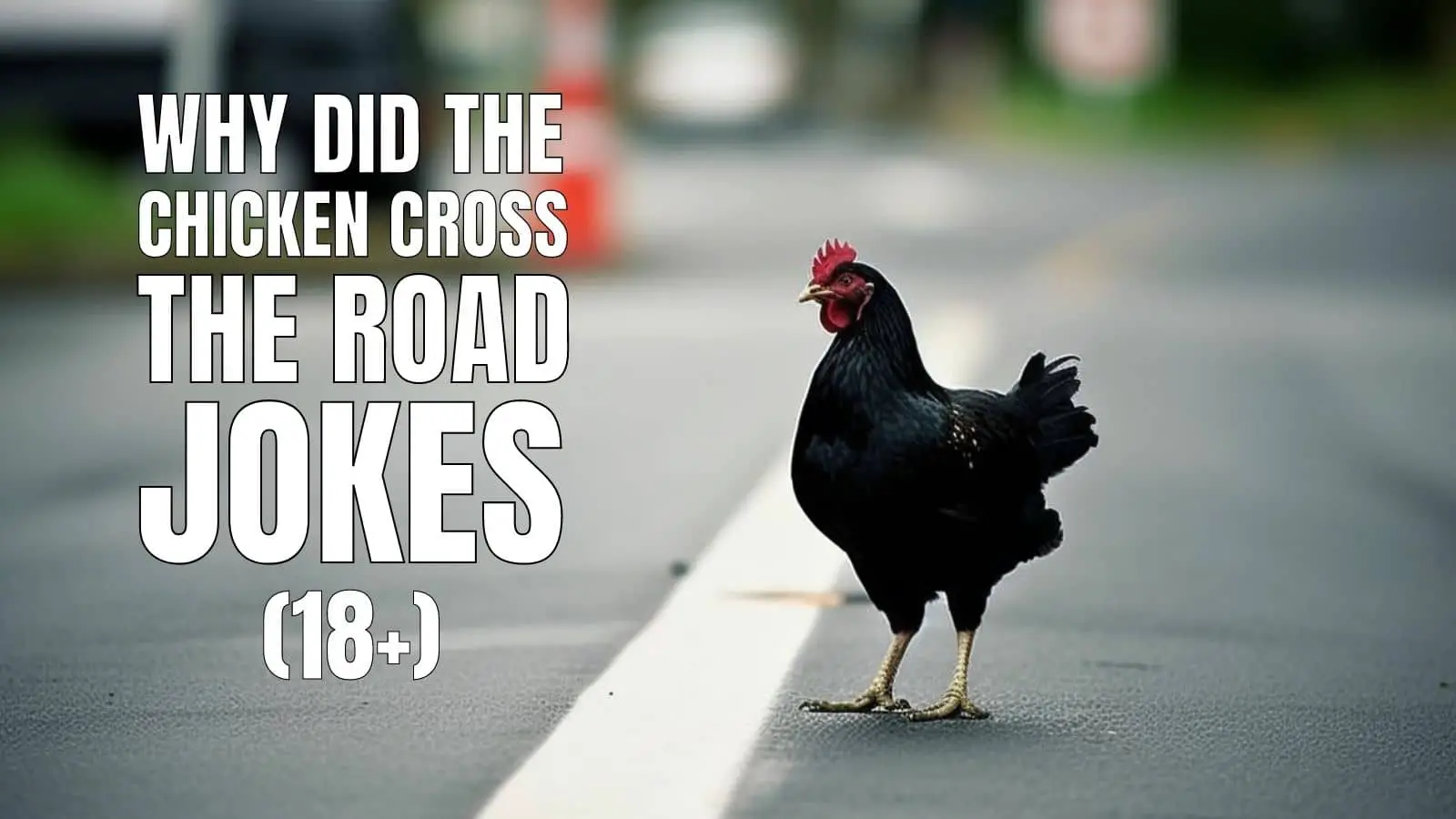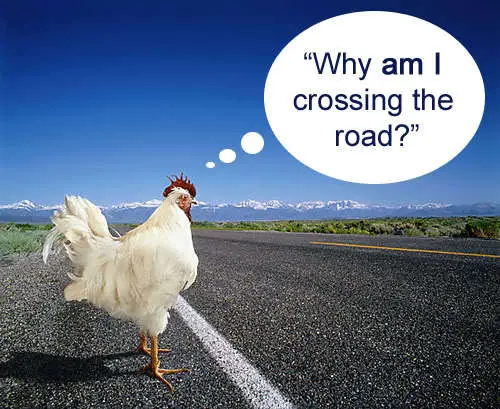Why Did The Jeep Cross The Road
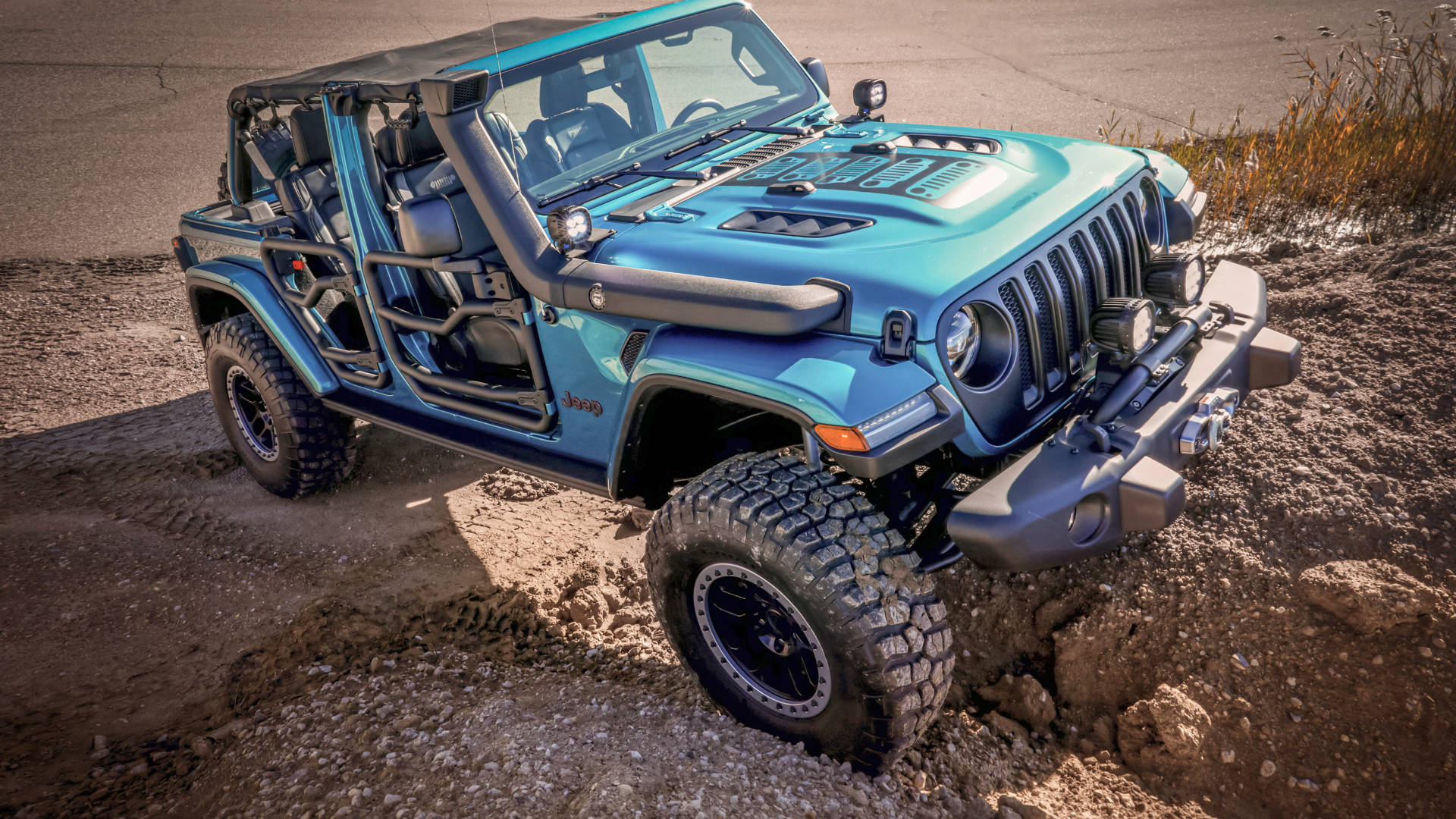
The afternoon sun cast long shadows across the dusty Arizona landscape as a convoy of Jeeps, old and new, lined up at the edge of a seemingly impassable ravine. Red rocks framed the scene, a testament to millions of years of geological activity. The air crackled with anticipation, the low rumble of engines the only sound breaking the desert silence.
This wasn't a typical off-roading excursion. This was a pilgrimage, a test of engineering, and a celebration of the enduring spirit of adventure that has defined the Jeep brand for generations. But the question lingered: why did these Jeeps, these symbols of American resilience, choose to cross this particular road, this formidable obstacle?
The answer, as with many things Jeep, lies in a blend of history, capability, and a relentless pursuit of the seemingly impossible.
A Legacy Forged in War and Beyond
The Jeep's story began in the crucible of World War II. The U.S. Army needed a lightweight, versatile vehicle capable of navigating treacherous terrain. Willys-Overland (later Willys-Jeep) stepped up to the challenge, creating the iconic MB, a vehicle that quickly became indispensable to the Allied war effort.
According to the National WWII Museum, the Jeep wasn't just a vehicle; it was a symbol of American ingenuity and determination. It hauled troops, supplies, and wounded soldiers, traversing muddy fields, rocky hills, and everything in between.
After the war, the Jeep transitioned into civilian life, becoming a symbol of freedom and exploration. Farmers, ranchers, and outdoor enthusiasts quickly embraced its rugged capabilities. The CJ series, a direct descendant of the wartime MB, became a staple on American roads and trails.
The Evolution of an Icon
Over the decades, the Jeep brand evolved, expanding its lineup to include models like the Wagoneer, Cherokee, and Grand Cherokee. Each model aimed to blend off-road prowess with on-road comfort and modern amenities.
However, the core values of capability, durability, and adventure remained constant. Even as technology advanced, and luxury features were added, the spirit of the original Jeep endured.
According to Stellantis, the current owner of the Jeep brand, this commitment to its heritage is a key factor in its continued success. They emphasize building vehicles that are not just capable, but also connect with drivers on an emotional level, inspiring a sense of freedom and adventure.
The Call of the Wild: Why Cross the Road?
So, why the daring crossing? Why push these machines, old and new, to their limits? The answer is multifaceted.
Firstly, it's about proving capability. The Jeep has always been about conquering challenges, about going where others can't. The ravine, the rocky trail, or the seemingly impassable obstacle becomes a symbol of this inherent ability.
Secondly, it's about honoring tradition. Crossing a challenging obstacle is a nod to the Jeep's history, a reminder of its origins as a vehicle designed to overcome any obstacle, no matter how daunting. It's a way of connecting with the past, of showing that the spirit of the original Jeep lives on.
Finally, it's about community. Jeep owners are a passionate bunch, often forming close-knit communities built around their shared love of adventure. Events like these provide an opportunity to connect with like-minded individuals, to share experiences, and to celebrate the Jeep lifestyle.
More Than Just a Vehicle: A Cultural Phenomenon
The Jeep has transcended its status as a mere vehicle; it has become a cultural phenomenon. It's a symbol of freedom, independence, and the spirit of adventure.
You see it in the bumper stickers that adorn Jeeps, the Jeep-themed clothing, and the countless online forums dedicated to all things Jeep. There's a sense of camaraderie among Jeep owners, a feeling that they are part of something bigger than themselves.
As automotive historian and author Patrick Foster notes, "The Jeep is more than just a mode of transportation; it's a statement. It's a way of saying, 'I'm ready for anything.'"
The Crossing: A Testament to Resilience
Back in Arizona, one by one, the Jeeps began their descent into the ravine. The drivers carefully navigated the rocky terrain, their focus unwavering. Spotters guided them, ensuring they avoided any potential hazards.
Some Jeeps struggled, their tires spinning in the loose dirt. Others glided through with ease, their drivers displaying years of experience. But in the end, all of them made it across, each one a testament to the enduring capabilities of the Jeep.
The crowd cheered, a wave of excitement washing over the desert landscape. It was a moment of triumph, a celebration of human ingenuity and the power of a well-built machine.
The Road Ahead
The Jeep's journey is far from over. As the automotive industry continues to evolve, the Jeep brand faces new challenges and opportunities. The rise of electric vehicles, the increasing demand for fuel efficiency, and the ever-changing needs of consumers all present unique hurdles.
However, if its history is any indication, the Jeep will continue to adapt and thrive. By staying true to its core values of capability, durability, and adventure, while embracing innovation and sustainability, the Jeep is poised to remain an icon for generations to come.
And so, the Jeep crosses the road, not just because it can, but because it must. Because it is in its DNA to explore, to conquer, and to inspire. The road ahead may be uncertain, but one thing is clear: the spirit of the Jeep will endure.
